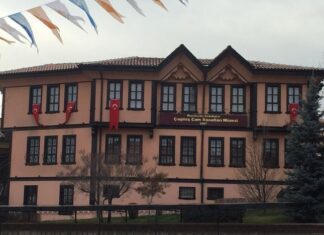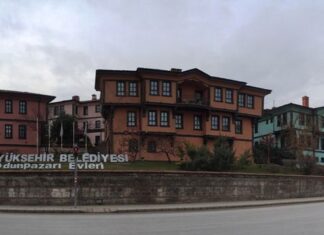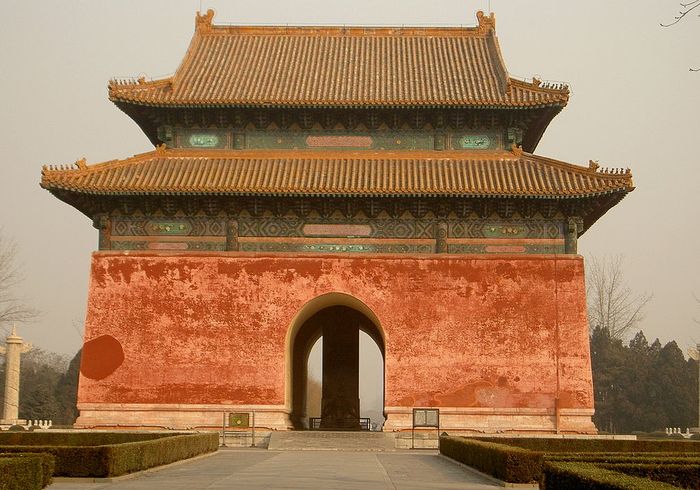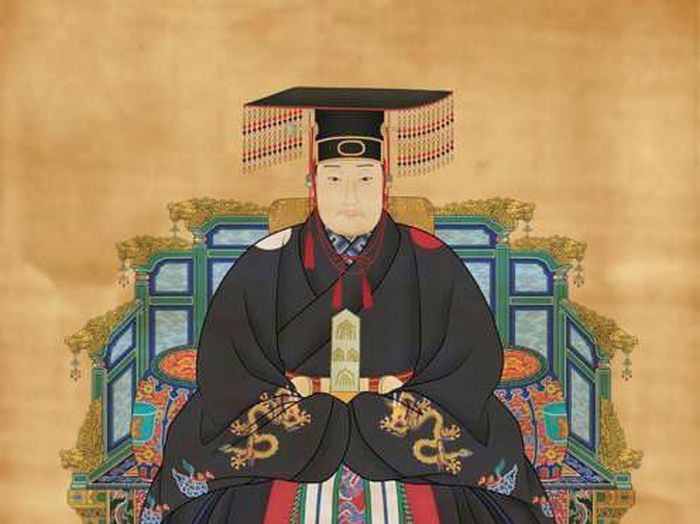Home Blog
The 1945 Elections and Communist Manipulation
The Fatherland Front List
In July 1945, the Soviet authorities in Bulgaria announced that parliamentary elections would be held within a month. However, they also...
The Communist Takeover After September 9 1944
The Role of the Red Army
After the coup of September 9, 1944, the Bulgarian Communists, supported by the presence of the Soviet Red Army,...
The Fall of Moravievs Government
A New Attempt at Change
On September 2, 1944, Konstantin Moraviev became prime minister of Bulgaria, replacing the government of Ivan Bagrianov. Moraviev tried to...
An Honor to American Opticians
Recognition from the Russian Emperor
Through the courtesy of Messrs. Alvan Clark & Sons, we are pleased to publish an extract from a letter written...
Edward Channing
The Latest Slides in the White Mountains
The White Mountains of New Hampshire have once again experienced significant landslides. The most notable recent event occurred...
The Berlin Congress and the Eastern Question
England’s Concerns and the Road to Berlin
In 1878, England, then governed by the Beaconsfield administration, could not quietly accept Russia gaining a dominant position...
Vendettas in Southern Greece
Arcadia and Laconia Lands of Tradition
In the provinces of Arcadia, long thought of as a land of peace and happiness, and in Laconia, the...
Crime and Violence in Modern Greece
High Murder Rates
Visitors to Greece are often surprised by the high number of murders reported in the country. Many find the statistics hard to...
Newspapers and Public Opinion in Athens
Abundance of Newspapers
Athens has more newspapers than many other cities. There are daily newspapers, weekly publications, and occasional journals. Some are not intended mainly...
Changes to the Parakklesion
During Ottoman rule, the Turks removed two marble columns from the north side of the parakklesion and replaced them with a wide arch.
Restoration in...













